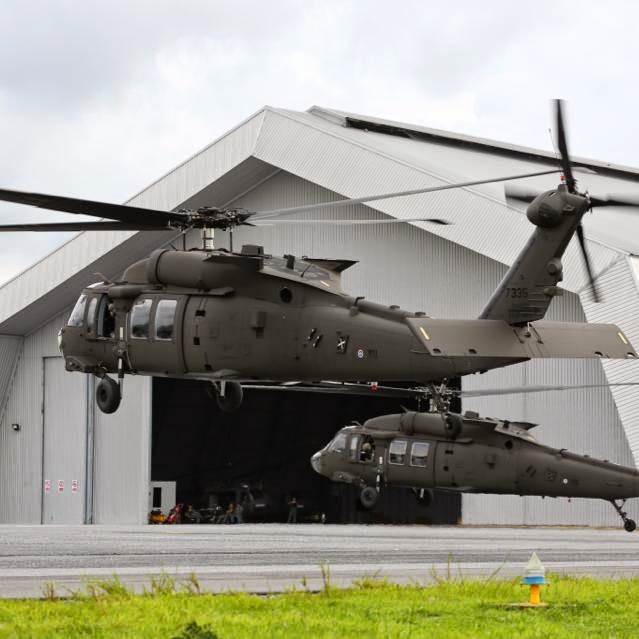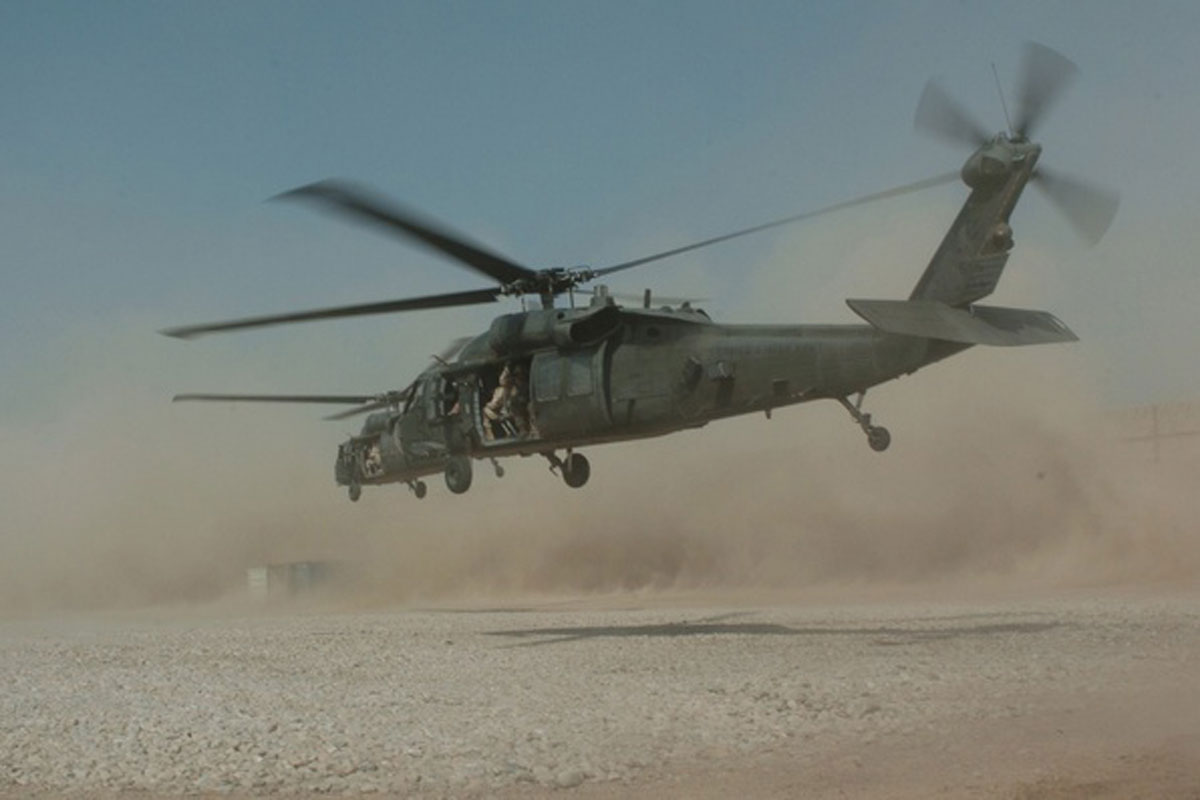Achieving Quality: Trick Approaches for UH 60 Helicopter Upkeep
Achieving Quality: Trick Approaches for UH 60 Helicopter Upkeep
Blog Article
Comprehending the Mechanics and Design Behind Uh 60 Helicopters
The UH-60 helicopter, generally recognized as the Black Hawk, stands as a peak of modern rotorcraft technology, embodying a blend of robust engineering and elaborate auto mechanics. As we peel off back the layers of the UH-60's style, a globe of elaborate systems and meticulous engineering comes to light.
Background of UH-60 Helicopters
The history of UH-60 helicopters traces back to the late 1970s when the USA Military looked for a sophisticated and flexible utility helicopter to change its aging fleet. In action to this requirement, the Sikorsky Aircraft Firm created the UH-60 Black Hawk helicopter. Presented in 1979, the UH-60 rapidly became a staple in army operations due to its impressive capacities.
The UH-60 was created to master a selection of objectives, including troop transportation, medical evacuation, digital warfare, and unique operations. Its ability to adjust to different duties made it an important asset to the united state Army and various other military pressures all over the world
Over the years, the UH-60 system has undertaken a number of upgrades and variants to improve its efficiency and equal progressing mission demands. These helicopters have seen substantial solution in problems such as the Gulf War, Afghanistan, and Iraq, showcasing their integrity and flexibility in varied functional settings. The UH-60's rich background is a testament to its enduring tradition as a leading energy helicopter.

Engine and Power Systems
Utilizing cutting-edge propulsion technology, UH-60 helicopters are geared up with advanced engine and power systems to ensure optimum efficiency and dependability in a series of operational circumstances. The UH-60, generally called the Black Hawk, is powered by two General Electric T700-GE-701D engines, each efficient in providing up to 1,940 shaft horsepower. These turboshaft engines provide the necessary drive for the helicopter to perform its missions properly, consisting of troop transport, clinical emptying, and fight assistance.

Blades System and The Rules Of Aerodynamics
Exactly how do the rotor system and the rules of aerodynamics of UH-60 helicopters contribute to their operational performance and trip abilities? The rotor system of the UH-60 helicopter plays a vital function in supplying lift and propulsion.
Aerodynamics also play a vital function in the performance of UH-60 helicopters. The structured fuselage and rotor blade design lower drag, permitting the helicopter to accomplish higher rates and better gas performance. The wind resistant design of the UH-60 likewise contributes to its ability to run in diverse ecological conditions, including high elevations and warm temperatures.
Avionics and Flight Control Equipment

In its detailed coordination with the rotor system and the uh 60 rules of aerodynamics of UH-60 helicopters, the avionics and trip control systems form a vital network of modern technologies shaping the aircraft's operational abilities. In the UH-60, these systems consist of electronic displays, communication radios, General practitioner navigating, weather condition radar, and auto-pilot systems.
The flight control systems of the UH-60 are accountable for equating the pilot's inputs right into the ideal changes to the rotor system, guaranteeing stable flight and maneuverability. These systems consist of hydraulic actuators, servos, and computers that interact to regulate the major and tail rotors, as well as other flight control surface areas. By specifically handling the helicopter's trip characteristics, these systems enable pilots to perform a wide variety of missions, from transport and search-and-rescue to fight operations, with precision and confidence.
Role and Applications in Air Travel
Avionics systems in UH-60 helicopters incorporate a range of digital systems that aid in navigation, interaction, surveillance, and managing numerous aircraft features. These systems consist of digital display screens, autopilot systems, interaction radios, General practitioner navigation tools, and weather condition radar. Additionally, these systems integrate safety and security features such as auto-pilot settings, terrain recognition cautioning systems, and security enhancement systems to enhance the general safety and security and operational capacities of the UH-60 helicopters in various objectives, consisting of army transport, medical discharge, search and rescue, and aerial firefighting.
Final Thought
Finally, the UH-60 helicopter is a versatile aircraft with an abundant background and advanced engineering. Its engine and power systems, rotor system, the rules of aerodynamics, avionics, and trip control systems all work together to make it a efficient and dependable machine. The UH-60's role and applications in aviation are large, varying from armed forces procedures to look and save goals. Its continued development and use show its relevance in the area of aviation (uh 60).
In its complex control with the blades system and the rules of aerodynamics of UH-60 helicopters, the avionics and flight control systems form a crucial network of technologies forming the airplane's functional abilities.The flight control systems of the UH-60 are accountable for this page translating the pilot's inputs into the suitable adjustments to the blades system, making certain secure trip and maneuverability. Avionics systems in UH-60 helicopters encompass a range of digital systems that help in navigation, communication, monitoring, and regulating numerous aircraft functions. Furthermore, these systems integrate safety attributes such as auto-pilot modes, terrain recognition cautioning systems, and stability enhancement systems to improve the overall safety and security and functional capabilities of view it the UH-60 helicopters in numerous objectives, including army transport, clinical emptying, search and rescue, and aerial firefighting.
Its engine and power systems, blades system, aerodynamics, avionics, and trip control systems all work with each other to make it a trusted and effective equipment.
Report this page